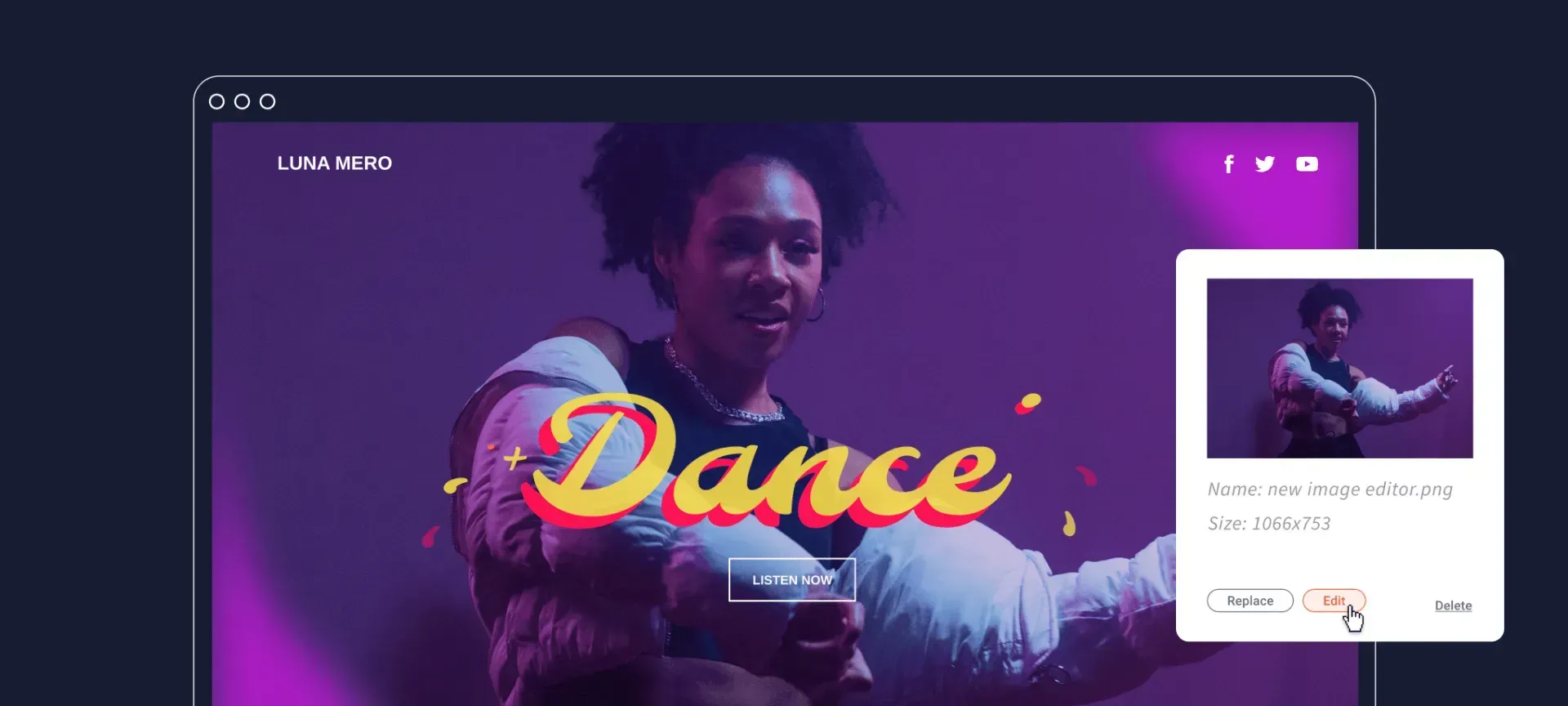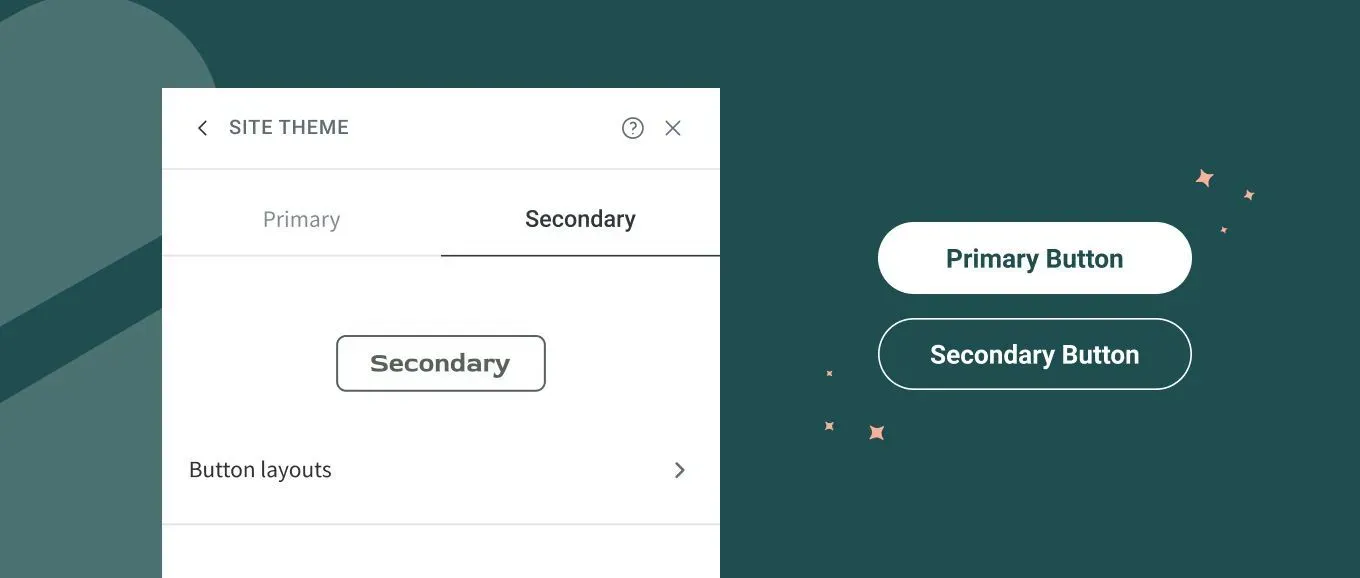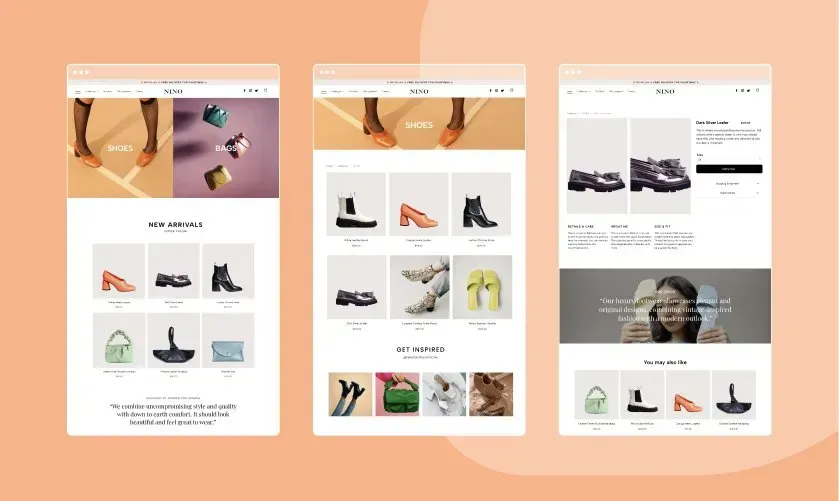Knowing how to write a headline can be the difference between your friend reading your content and thousands sharing it. Something to be considered an invaluable skill by many, from journalists to those creating a blog, coming up with a successful title takes time, practice and hard work. Take a look at our carefully selected tips for writing catchy titles and draw attention to your content.
Know your target audience
This is arguably one of the most important factors to take into consideration when creating content. And when you write for someone in mind or know who you want to reach out to, words won’t just seamlessly end up on the paper or screen, they’ll actually make an impact. This is because creating content for an intended reader lets you focus on what’s important to them and how to get the best information over to them.
When considering different forms of content you can create, you need to have a clear idea of your target audience. The same goes for crafting effective headlines. To pull a reader in, you must be able to convince them, at first glance, that your content is beneficial to them and it's not to be missed.
You need to truly understanding your audience and what stirs up their emotions or motivates them to take action.
Keep it simple
A good rule of thumb when writing content and headlines is to use plain language. By opting for shorter sentences and specific word choice, you'll make your content easier to digest for your readers. Simple writing is now more relevant than ever before since most will read your content on their mobile devices, giving you mere seconds to capture their attention or lose their interest.
You should always put yourself in your readers’ shoes and think about your own reading habits when you’re writing headlines. Swing in favour of text that’s familiar to others. In most cases, everyday words or phrases are likely to gain more traction over jargon and other technical terms that not everyone will understand. Additionally, clear and concise wording helps improve information flow for all kinds of audience. In turn, readers will appreciate your efforts in guiding them to the main points covered in the content.
Implement keywords
In order to get thousands to read your content, you’ll need to optimise all of your content - from top to bottom with keywords. But what are keywords? They are specific words, terms and phrases people type into search engines like Google and Yahoo to find the information they are looking for.
This is the driving force in your search engine optimisation (SEO) efforts, helping you optimise your content to improve a web page’s position within organic search results. But how do you go about knowing and using keywords to reach as many people as possible? First, you’ll need to come up with a list of words or phrases people use when searching for topics within your industry. Second, you’ll want to analyse your findings by looking at their traffic potential and intent in order to find the best fit for your content. We recommend you use Google Keyword Planner for this - this tool can help you measure suitability of each word you search. Once you’ve got your killer keywords, you can begin incorporating them into your headlines. This lets search engines know that your content matches searchers’ intent.
Incorporate numbers
Numbers make your content sound authoritative because people see them as reliable information. They also provide structure and tell us how much time it will take to get through the piece. You can find below just some of the most recent examples of blogs we've created in which include a number in the title:
Additionally, numbers trigger our minds to feel things in a particular way. There are incredibly interesting studies and statistics into the impact and interpretation different numbers have. If you're interested in learning about the psychology behind numbers, click HERE.
Make a promise
Show people instantly why they must read your content and offer them value in return for their time. By writing headlines that promise to resolve a specific issue or problem found in your industry, you are also indicating that the benefit of clicking is worth more than the seconds spent doing so.
Then all you have to do is deliver on the promise you made. After all, you’ve set expectations in your headline so it's your responsibility to make sure the text meets those. It’s about building trust with your readers and helping them feel connected with you and what you're writing about.
Be as informative as possible
When you give people an exact idea on what to expect, they are more likely to proceed. Writing a descriptive headline lets the audience know what they will gain from your article so they can decide whether or not to read it. They want to decide, within seconds, whether they will read it before taking the next step.
Add adjectives that evoke interest
First, what are adjectives? They are words that help describe nouns and pronouns in all shapes and sizes. A good use of adjectives can help encourage people to check out your content. For example, a noun, such as book, combined with the right adjective can instantly become “good” or even “fabulous,” depending on what you choose.
When writing headlines, consider adding interesting adjectives to express tones and emotions in your readers. To keep with the briefly mentioned example above, there are a selection of adjectives you can use in a headline when discussing the subject of books. For example "The Breath-Taking Books You Need To Read in 2021" is an impactful headline for a blog - the adjective there being breath-taking instantly grabs a readers attention and fuels interest.
Inspire curiosity
You can provide just enough detail in your headline to pique your audience’s interest. Start by creating a killer title that teases your readers with a hint of information. Then keep the rest tucked away inside the rest of the content. Why? Well, people have an innate desire to know what happens next - and will likely open the blog, document, web page etc to find out more.
Align the title with your content
Give your audience a real taste of what’s to come in your content by writing headlines that summarises it perfectly. If your blog makes a powerful statement, then make sure the title and the text all adds up. Otherwise, it would look strange and disorganised, as if you’ve missed your own point.
Create a sense of urgency
Having a sense of urgency encourages people to act now rather than later. If you're interested in creating urgency and guiding your audience to take action sooner rather than later, we advise you add time-sensitives phrases like "one day only" “last 24 hours or "offer ends tomorrow” etc.
Another way is to pair the problem and the answer together in the title of the content. First, you’re building toward issues that your audience may not be aware of. Second, by taking them straight to the solution, you’re leaving them with no other option but your own.
We pride ourselves on being
good at attracting readers with our ability to write catchy and interesting blog titles. An example of a highly popular blog of ours is titled “How To Build The Perfect Home Page In Under 60 Minutes", which draws you to the overarching issue of learning how to make the best homepage for your site whilst also nudging you to click for the attractive solution that guarantees you get it done in under 60 minutes.



